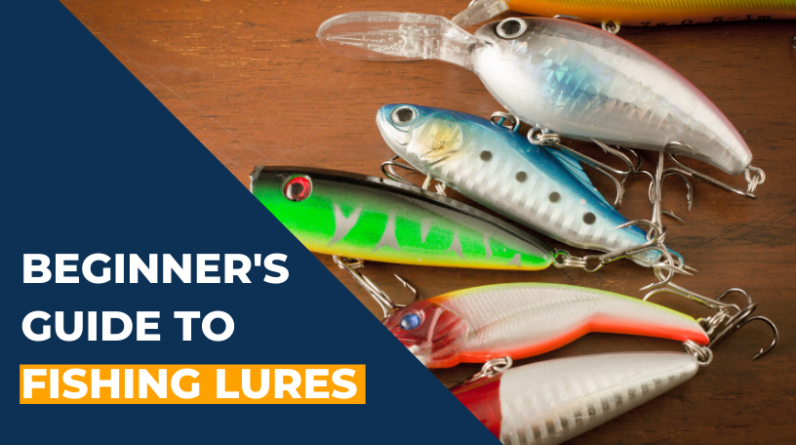
Are you new to the world of kayak fishing and feeling a bit overwhelmed by the wide array of fishing lures available? Don’t worry, we’ve got you covered! In this beginner’s guide, we will walk you through the process of choosing the right fishing lures specifically designed for kayak fishing. From understanding the different types of lures to considering the water conditions and fish species, you’ll gain valuable insights that will help you make informed decisions on your next fishing adventure. So, let’s dive in and equip ourselves with the knowledge to reel in those big catches!
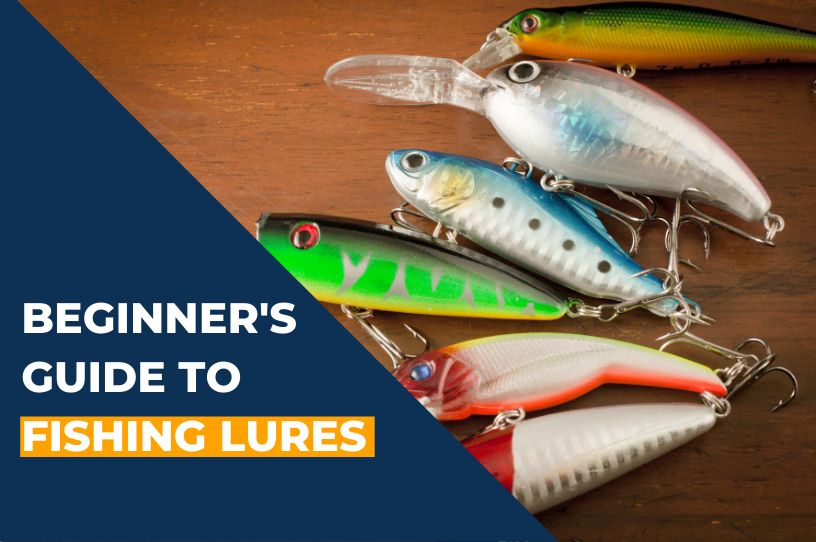
This image is property of images.ctfassets.net.
Understanding the Basics of Fishing Lures
Fishing lures are artificial baits or imitations designed to attract and entice fish. They come in various shapes, colors, and sizes, each designed to target specific fish species and mimic certain prey. Understanding the basics of fishing lures is essential for successful kayak fishing. By utilizing the right lures, you can increase your chances of landing that trophy fish.
Different Types of Fishing Lures
There are numerous types of fishing lures available on the market today. Each type has its unique characteristics and is designed for specific fishing techniques. Some of the most common types of fishing lures include crankbaits, spinnerbaits, soft plastic baits, jigs, spoons, topwater lures, swimbaits, buzzbaits, surface poppers, and flies. These lures can be categorized based on their action, buoyancy, and intended use.
Factors to Consider When Choosing Fishing Lures
When selecting fishing lures for kayak fishing, several factors need to be considered. These factors include the target species, fishing environment, size and color preference, fishing techniques, lure action and depth control, material and durability, budget, and seeking recommendations from experts. By carefully examining these factors, you can make informed decisions and choose the right fishing lures for your kayak fishing adventures.
Understanding the Target Species and Their Behavior
Before choosing fishing lures, it is crucial to understand the behavior and feeding patterns of the target species. Different fish species have varying preferences when it comes to prey, movement, and presentation. Research the habits, preferred habitats, and feeding patterns of the species you are targeting. This knowledge will help you select the most suitable lures that closely resemble their natural prey and increase your chances of a successful catch.
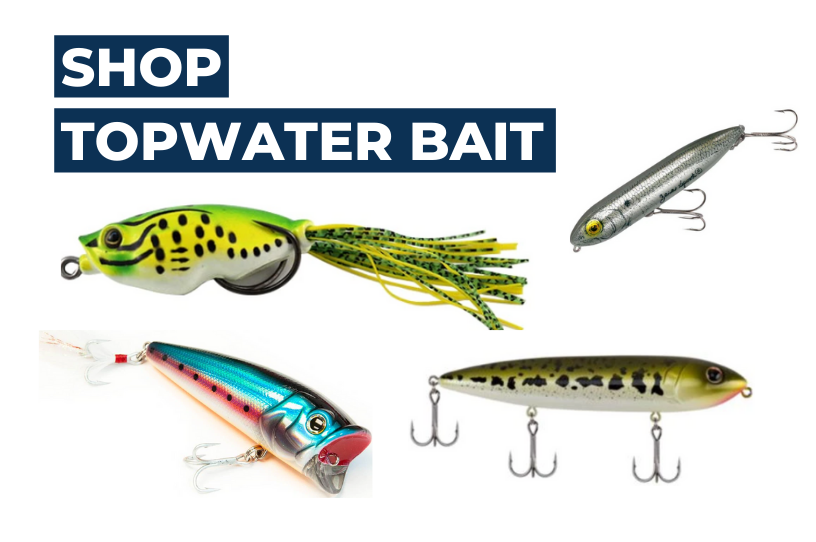
This image is property of images.ctfassets.net.
Considering the Fishing Environment
The fishing environment plays a significant role in determining the type of fishing lure you should use. There are two main types of fishing environments: freshwater and saltwater. Freshwater fishing involves lakes, rivers, and ponds, while saltwater fishing takes place in the ocean or coastal areas. Additionally, the water depth (shallow or deep) you plan to fish in also impacts lure selection. By considering the fishing environment, you can choose lures that are designed to withstand the specific conditions and effectively attract fish in your chosen setting.
Top Fishing Lures for Kayak Fishing
Kayak fishing presents unique challenges and opportunities, and having the right lures can make a significant difference in your success. Here are some of the top fishing lures for kayak fishing:
Crankbaits
Crankbaits are a versatile lure that imitates the swimming action of a baitfish. They have a lip at the front that causes them to dive and create vibrations, attracting fish in the process. Crankbaits come in various sizes, shapes, and colors, allowing you to match the hatch and target species effectively.
Spinnerbaits
Spinnerbaits are excellent lures for covering a large area quickly. They consist of a metal blade that spins as it is retrieved, creating flash and vibration to attract fish. Spinnerbaits are highly versatile and can be used in various water conditions and depths.
Soft Plastic Baits
Soft plastic baits, such as worms, grubs, and creature baits, are incredibly popular among kayak anglers. They are versatile, affordable, and can be rigged in different ways, offering various presentation options. Soft plastic baits come in numerous colors and sizes, allowing you to mimic different types of prey.
Jigs
Jigs are a go-to lure for many kayak anglers, as they excel in enticing fish that are holding in structure or near the bottom. They consist of a weighted head and a skirt, often tipped with a soft plastic trailer or live bait. Jigs come in various weights and sizes, allowing you to adapt to different fishing conditions and target specific species.
Spoons
Spoons are metal lures shaped like a spoon, and they are known for their erratic wobbling action. They can be cast or trolled and are particularly effective for species like trout, salmon, and pike. Spoons come in different sizes, weights, and finishes, each producing a unique action and attracting fish.
Topwater Lures
Topwater lures are designed to be fished on the water’s surface, generating attention-grabbing movements and creating explosive strikes. They imitate injured baitfish, frogs, or other prey that may be vulnerable on the water’s surface. Topwater lures can include poppers, prop baits, and walking baits.
Swimbaits
Swimbaits are lifelike lures that imitate the swimming action of baitfish. They come in various sizes, ranging from small to large, and are often used to target predatory fish like bass, pike, and muskies. Swimbaits can be jointed or solid, giving them a realistic movement in the water.
Buzzbaits
Buzzbaits are uniquely designed lures that produce a buzzing noise and create surface commotion. They consist of a metal blade that rotates on the surface, mimicking fleeing baitfish or insects. Buzzbaits attract fish from a distance and excel in low-light conditions.
Surface Poppers
Surface poppers are lures designed to resemble injured or struggling baitfish. They have a concave face that, when twitched, creates a splashing sound and water disturbance. Surface poppers are effective for a variety of species, especially those that feed on the water’s surface, like bass and panfish.
Flies
Flies are artificial lures designed to imitate insects or small aquatic creatures. They are used primarily in fly fishing, where the angler casts the fly using a fly rod and reel. Flies come in various sizes, shapes, and colors and are highly effective for targeting trout, salmon, bass, and other freshwater species.
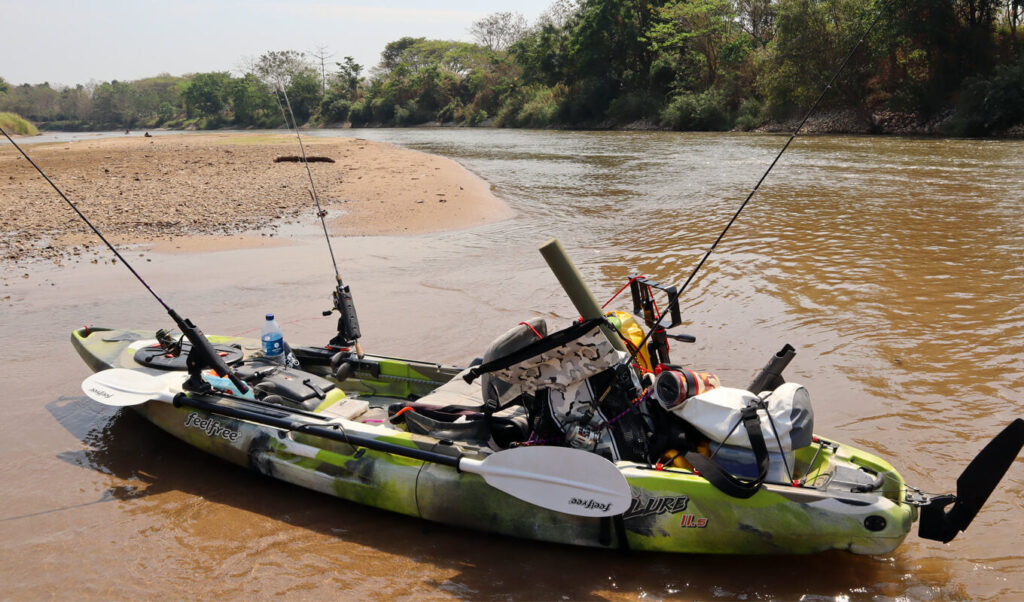
This image is property of cdn.shopify.com.
Choosing the Right Size and Color
When selecting fishing lures, size and color are essential considerations. The optimal lure size depends on the target species, fishing conditions, and the type of prey you are imitating. Larger lures are often used for larger fish, while smaller lures are suitable for smaller species.
Color selection is equally important. Fish can be selective and have preferences for certain colors based on water clarity and lighting conditions. In clear water, natural colors like white, silver, and green can be effective. In murky water, fluorescent or brightly colored lures can attract attention.
Matching the lure color to the prevalent forage in the area is also crucial. Observing the local baitfish or insects can give you clues as to what color lure to choose. The goal is to mimic the natural prey and entice the fish into biting.
Considering the Fishing Techniques
Different fishing techniques require specific lure types and presentations. Here are a few common fishing techniques and the lures that work well with each:
Casting and Retrieving
Casting and retrieving involves casting the lure out and retrieving it back to the kayak. Lures like crankbaits, spinnerbaits, and soft plastic baits are commonly used for this technique. Varying the retrieve speed, pausing, or twitching the lure can entice fish to strike.
Trolling
Trolling involves dragging the lure behind the kayak while paddling or using a trolling motor. This technique covers a large area and allows you to search for actively feeding fish. Crankbaits, spoons, and swimbaits are often used for trolling, as they can be effective at different depths.
Jigging
Jigging is a technique where the angler vertically lifts and drops the lure to imitate a wounded or dying prey. Jigs and soft plastic baits are popular choices for jigging. By varying the jigging motion and speed, you can entice fish to strike.
Bottom Bouncing
Bottom bouncing involves bouncing the lure along the lake or river bottom, mimicking a natural movement. Jigs and soft plastic baits excel in this technique, as they can be worked slowly and effectively near the bottom structures where fish tend to hold.
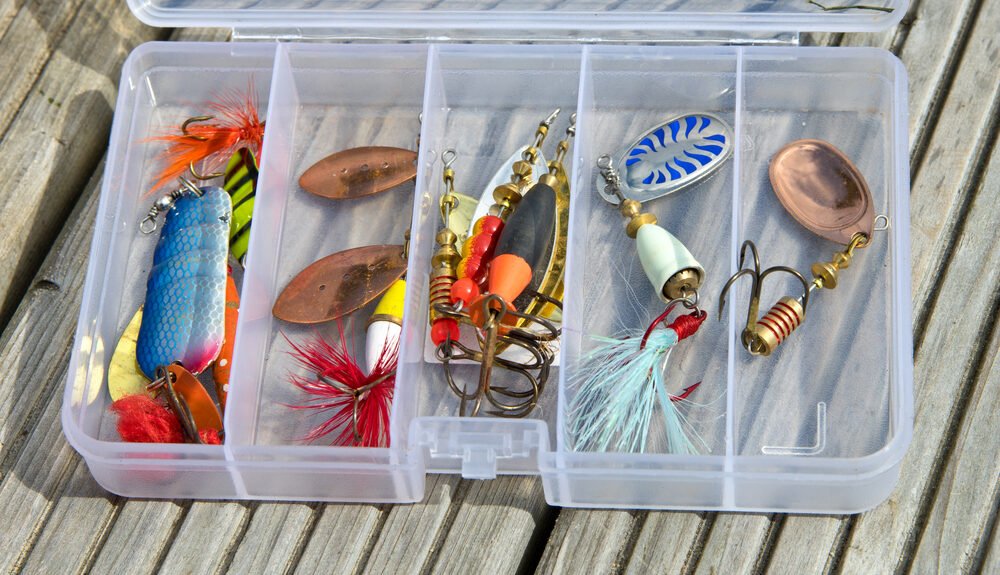
This image is property of kuuloakai.com.
Understanding the Action and Depth Control
The action and depth control of fishing lures play a crucial role in attracting fish. Different lures have different action patterns, ranging from tight wiggles to erratic movements. Understanding the action pattern of each lure can help you imitate the movement of the prey and trigger a strike.
Diving depth is another important consideration. Lures that dive to specific depths can target fish at different water depths, ensuring you present the lure at the right level. Crankbaits, for example, come in different diving depths and lip configurations, allowing you to fish at varying depths and cover the entire water column.
Examining the Material and Durability
Fishing lures are made from various materials, each with its characteristics and durability. Common fishing lure materials include plastic, wood, metal, and rubber. Plastic lures are lightweight, versatile, and often come in vibrant colors. Wood lures offer a natural appearance, while metal lures provide durability and flash. Rubber lures, such as soft plastic baits, are highly flexible and mimic the texture of real bait.
Durability is particularly important for kayak fishing, as lures may encounter rough conditions or structure. Assess the material quality and construction of the lures to ensure they can withstand the rigors of kayak fishing and the challenges of hooking and landing fish.
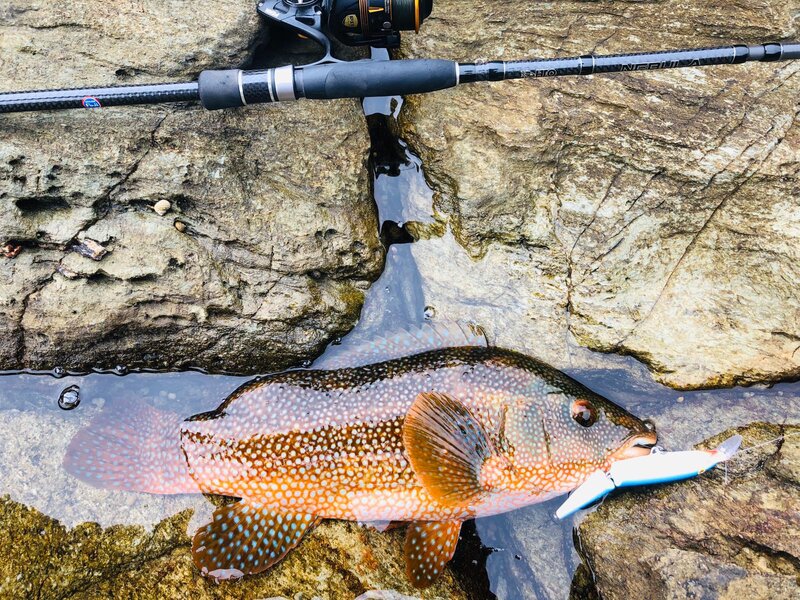
This image is property of menwhostareatfloats.com.
Considering the Budget
Fishing lures come in a wide price range, and considering your budget is essential when making purchasing decisions. Here are some options to consider:
Affordable Options
There are many budget-friendly fishing lures available that still offer great performance. These lures may not have all the bells and whistles of higher-end options but can still catch fish effectively. Soft plastic baits, spinnerbaits, and some crankbaits often fall into this category.
Mid-Range Options
Mid-range fishing lures offer a good balance between affordability and performance. These lures are typically made with higher-quality materials, have better finishes, and provide more realistic action. Crankbaits, swimbaits, and jigs can be found in this price range.
High-End Options
High-end fishing lures are often the top performers in terms of durability, action, and realism. These lures are usually made with premium materials and undergo extensive testing and refinement. Flies, custom crankbaits, and premium swimbaits are typically found in this price range.
Consider your fishing frequency, target species, and personal preferences when determining how much you are willing to invest in fishing lures.
Seeking Recommendations and Expert Advice
Fishing lures can be overwhelming with the variety available, but seeking recommendations and expert advice can be immensely helpful. Here are some ways to get guidance:
Online Fishing Communities
Joining online fishing communities, forums, and social media groups can connect you with experienced anglers who can offer valuable insights. You can ask questions, share your experiences, and learn from others’ knowledge and expertise.
Local Tackle Shops
Visiting your local tackle shop is a great way to get personalized recommendations and advice. The staff at these shops are often seasoned anglers themselves and can provide guidance based on your location, target species, and fishing conditions. They can also give you insights on local hotspots and effective lure choices.
Professional Anglers and Guides
If you are looking for expert advice, consider hiring a professional angler or guide. These individuals have extensive knowledge and experience in kayak fishing and can offer tailored recommendations based on your specific needs and goals. They can teach you techniques, suggest lures, and help you hone your skills on the water.
Experimenting and Learning from Experience
Finally, one of the best ways to find the right fishing lures for kayak fishing is through experimentation and learning from your experiences. Trying different lures and techniques will allow you to see what works best for the species you are targeting and the fishing conditions you encounter. Keep a fishing journal to track your successes and failures, noting the lures and techniques used. Over time, you will develop a better understanding of which lures are most effective in different situations.
Remember, kayak fishing is a journey of exploration and learning. Embrace the process and enjoy the adventure as you discover the perfect fishing lures that bring you success and the thrill of landing that dream catch.






